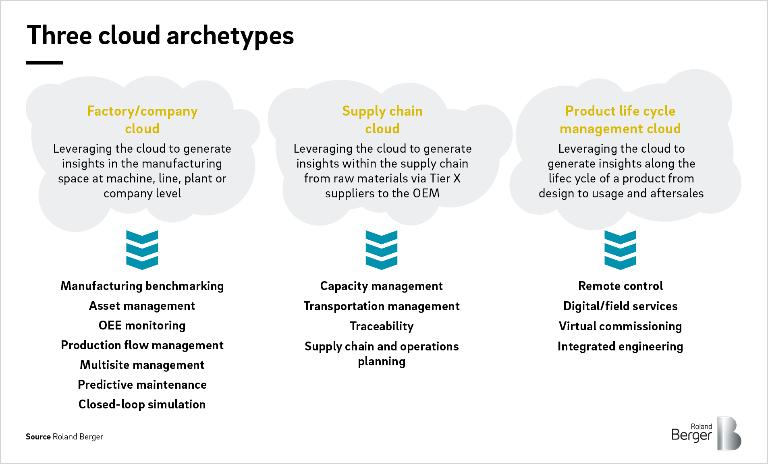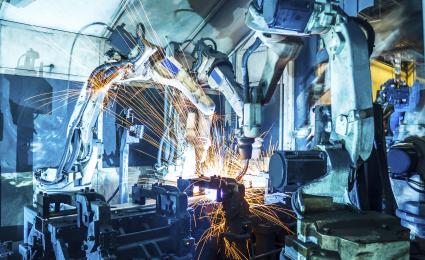Digital factory – A clear digitalization vision is indispensable for medium-sized companies, however, many lack an integrated concept for Industry 4.0
Accelerate your digitalization journey with help from the cloud
![{[downloads[language].preview]}](https://www.rolandberger.com/publications/publication_image/roland_berger_ins_825_cloud_based_production_dt_download_preview.jpg)
Many manufacturers have difficulty implementing cloud-based solutions in their production environment. But for those that do, the benefits are far-reaching.










